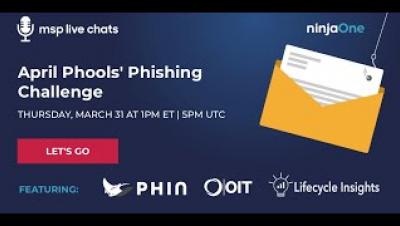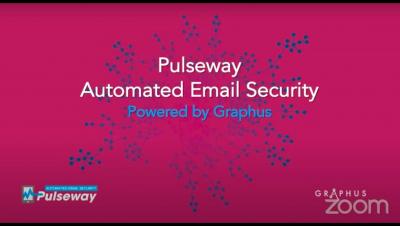The Anatomy of a Cybercrime: Dissecting a Phishing Attack
Our previous blog provided an outline of the current phishing trends and potential consequences of not being aware of them. This article, however, takes a deep dive into a particularly dangerous type of attack. There is a large amount of phishing that is targeting webmail users on non-free mail domains in an attempt to syphon out their credentials for later use.







